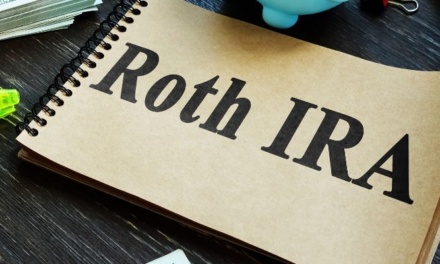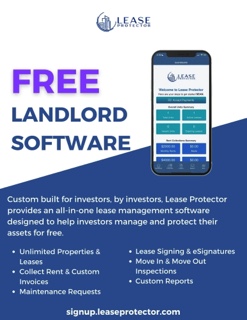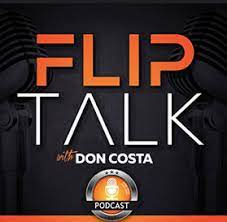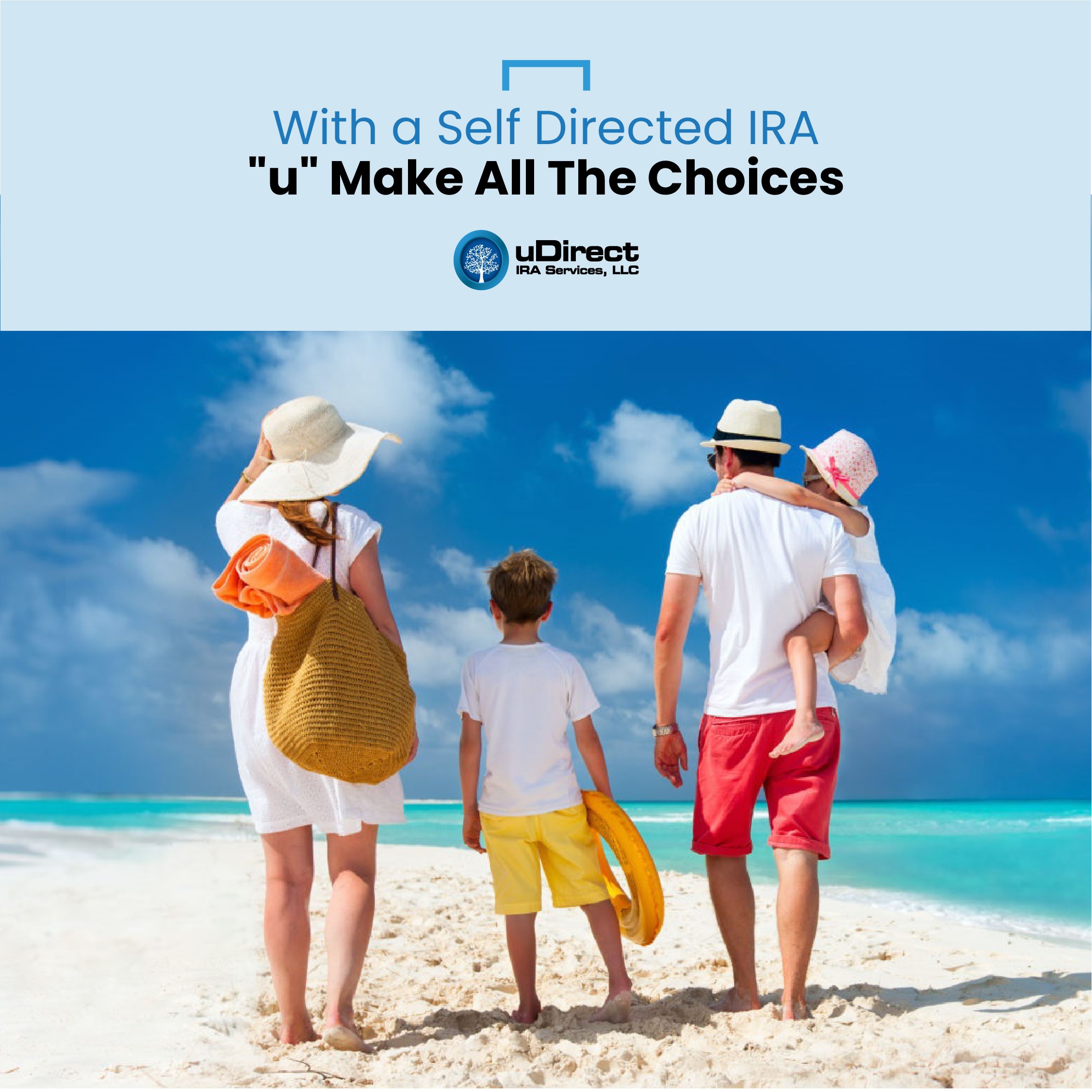By Dr. Robert G. Hetsler, Jr.
If you’re new to the world of section #1031 of the IRS Tax Code, the terminology that comes along with these tax-saving exchanges can be confusing. To help you understand the phrases you will undoubtedly hear if you choose to complete a tax-deferred 1031 exchange, here’s a list of the key terms you will come across.
Like-Kind: A term that refers to the nature or character of the property being exchanged. In order for the exchange to qualify for tax-deferred status, both the relinquished and replacement property must meet the IRS definition of like-kind.
Boot: This is the fair market value of any non-qualified property you receive during the exchange. It can be cash, loans, property, reduction in debt or even supplies. Basically, anything of value that you receive during the exchange could be considered boot.

Constructive Receipt: Any indirect control you have over the proceeds of the exchange. If you benefit in any way from the proceeds (aside from the purchase of replacement property), this could be considered constructive receipt and can jeopardize the tax-deferred nature of the exchange.
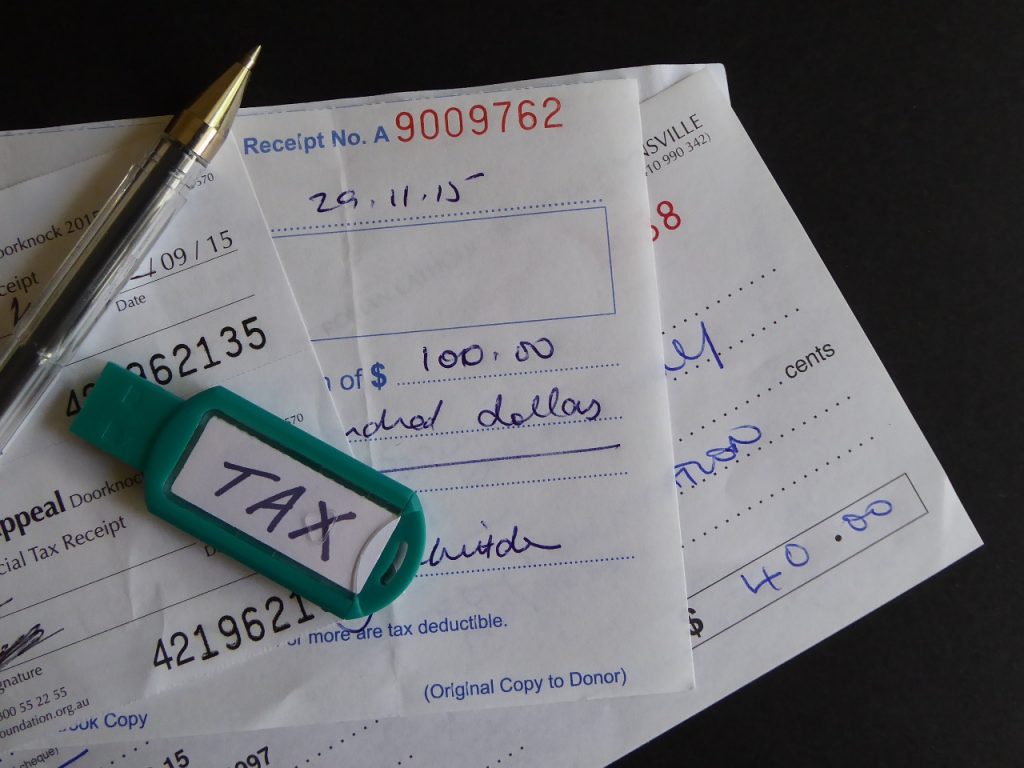
Qualified Intermediary: The individual or entity that manages the exchange and holds sale proceeds for relinquished property (to avoid the exchanger having actual or constructive receipt) and title to the replacement property (again, to avoid receipt issues during the exchange).

Relinquished Property: The old property the exchanger is getting rid of during the exchange.
Replacement Property: The new property the exchanger will acquire during the exchange.
Exchanger: The investor who is conducting the 1031 exchange for his or her own benefit.




